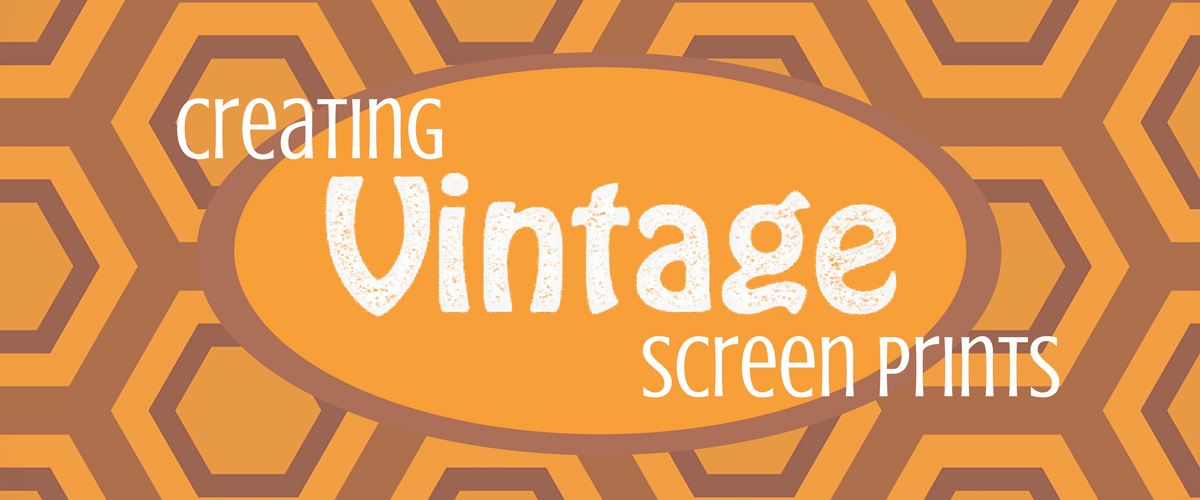

Revolucionando la industria de la serigrafía a través de tecnología de punta y servicio de calidad
Anatol Equipment Manufacturing Co.
1429 S Shields Dr
Waukegan, IL 60085


Revolucionando la industria de la serigrafía a través de tecnología de punta y servicio de calidad
Anatol Equipment Manufacturing Co.
1429 S Shields Dr
Waukegan, IL 60085

Creating vintage – or distressed – prints boils down to three things: the right substrate, the right ink and the right artwork.
Vintage-looking apparel needs to have a soft, lived-in look. It’s tough to get the right effect if you’re printing a vintage-looking design on a crisp, new cotton shirt. When choosing substrates for your vintage-style prints, opt for tri-blend or 50/50 garments. You can create vintage-looking garments on 100-percent cotton garments by choosing the right inks and the right graphics. Garments in heathered or faded colors also offer a more vintage feel. Ultimately, you want a soft, comfortable garment that looks like it has been laundered time and time again.
Just like your garments, you want to use ink with a soft hand feel when creating vintage-looking prints. That means choosing softer inks that set in to the fabric, rather than lying on top like traditional plastisol ink. To achieve that effect, you have several ink options, including:
Distressing your graphic can create an instant vintage look for your screen prints. Most often, graphics are given a vintage effect digitally. There are a variety of vintage filters that will create different distressed looks. Some printers will even distress their own screens by dragging abrasive materials over the exposed designs.
Keep in mind that when you add a filter or distress a design, you’ll need to do a sample print to make sure that the filter has not distorted the image or rendered text unreadable. Because of the loss of detail, distressing generally works best with larger, bolder graphics, as small graphics can be too badly muddled.
Be aware that there are some things to watch for when creating vintage-looking screen prints. While these types of prints are often printed without an underbase to maintain a soft hand feel, if you’re using an underbase registration is sometimes difficult and will need to be adjusted. If you’re giving a corporate or event logo a vintage feel, you’ll want to make sure to create samples for your customer to make sure the logo and colors haven’t deviated too far from the originals.
By experimenting with different substrates, different inks and different graphic effects, you’ll find a combination for creating the type of vintage-style screen prints you’re aiming for.
Your message was successfully sent!